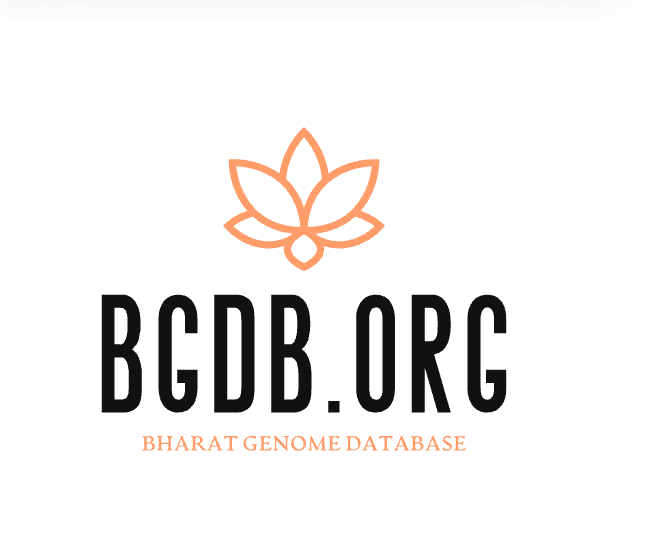Oryza sativa
Oryza sativa, a vital member of the Poaceae family, is a globally significant cereal crop that serves as a staple food for over half of the world's population. Cultivated in flooded paddy fields or upland conditions, rice undergoes distinct growth stages, culminating in the development of grains enclosed in protective husks. Rich in carbohydrates, proteins, vitamins, and minerals, rice contributes significantly to dietary energy and nutritional intake, with variations in composition between indica and japonica subspecies. Beyond its nutritional importance, rice holds economic significance, being a major source of employment and a crucial commodity in international trade. A holistic understanding of rice, encompassing its taxonomy, morphology, cultivation, and nutritional aspects, is essential for addressing global food security challenges and fostering sustainable agricultural practices.
In addition to its pivotal role in global food security, Oryza sativa has ecological benefits that contribute to sustainable agriculture. Rice paddies serve as essential habitats for various aquatic species, fostering biodiversity and creating ecosystems that support both flora and fauna. The cultivation of rice, particularly in flooded conditions, offers a unique environment for water-loving organisms and provides a natural habitat for many wetland species. As a result, rice fields play a crucial role in maintaining ecological balance and preserving wetland biodiversity, showcasing the interconnected relationship between agricultural practices and environmental sustainability.
